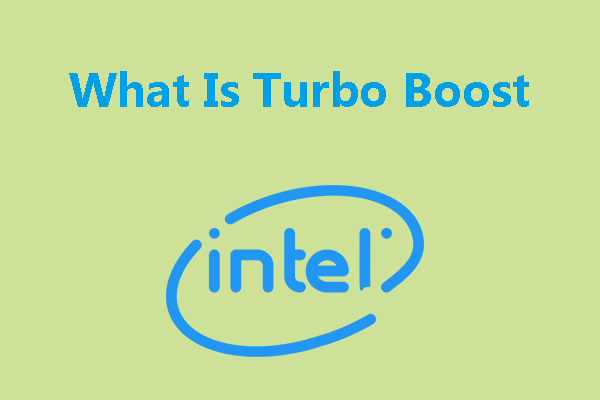
Under the Clocks section in "Core Speed". If you want it to always stay high, the only way is toĭisable Turbo and overclock the processor from the BIOS (not recommended).

As the computer restarts, press the DELETE, F2, or F10 key repeatedly. To access the BIOS, you must turn off your computer and turn it back on. The BIOS (sometimes referred to as UEFI) contains your PC’s key settings. Sometimes it will boost for less than a second for a single set of instructions. The only reliable way to overclock your system is to change the settings in your computer’s BIOS. You should see your CPU frequency changing below the graph depending on your load. if you see the CPU speed is more than the base speed of your CPU, then the turbo boost works. Turbo Boost might kick in, just not the way you might expect it to look like. Go to 'Performance Tab' and select CPU from the list at the side. The algorithms involved are built into the CPU and cannot The point is to optimize resources in terms of energy and speed depending Don't expect it to keep maximum speed for any length Turbo Boost can only be obtained when just one core is being stressed and the Use therefore a stress-test like Prime95 that can be run on one single core. Mean increasing power use for this one core, power which is taken away from the

Turbo Boost will only kick-in when one core is being stressed, since this will Turbo Boost operates in 133Mhz increments and will scale up until it either reaches the maximum Turbo Boost allowed (which is determined by the model of processor) or the processor comes close to its maximum TDP. There is no set-in-stone speed which the Core i5 or i7 processor will reach when in Turbo Boost.


 0 kommentar(er)
0 kommentar(er)
